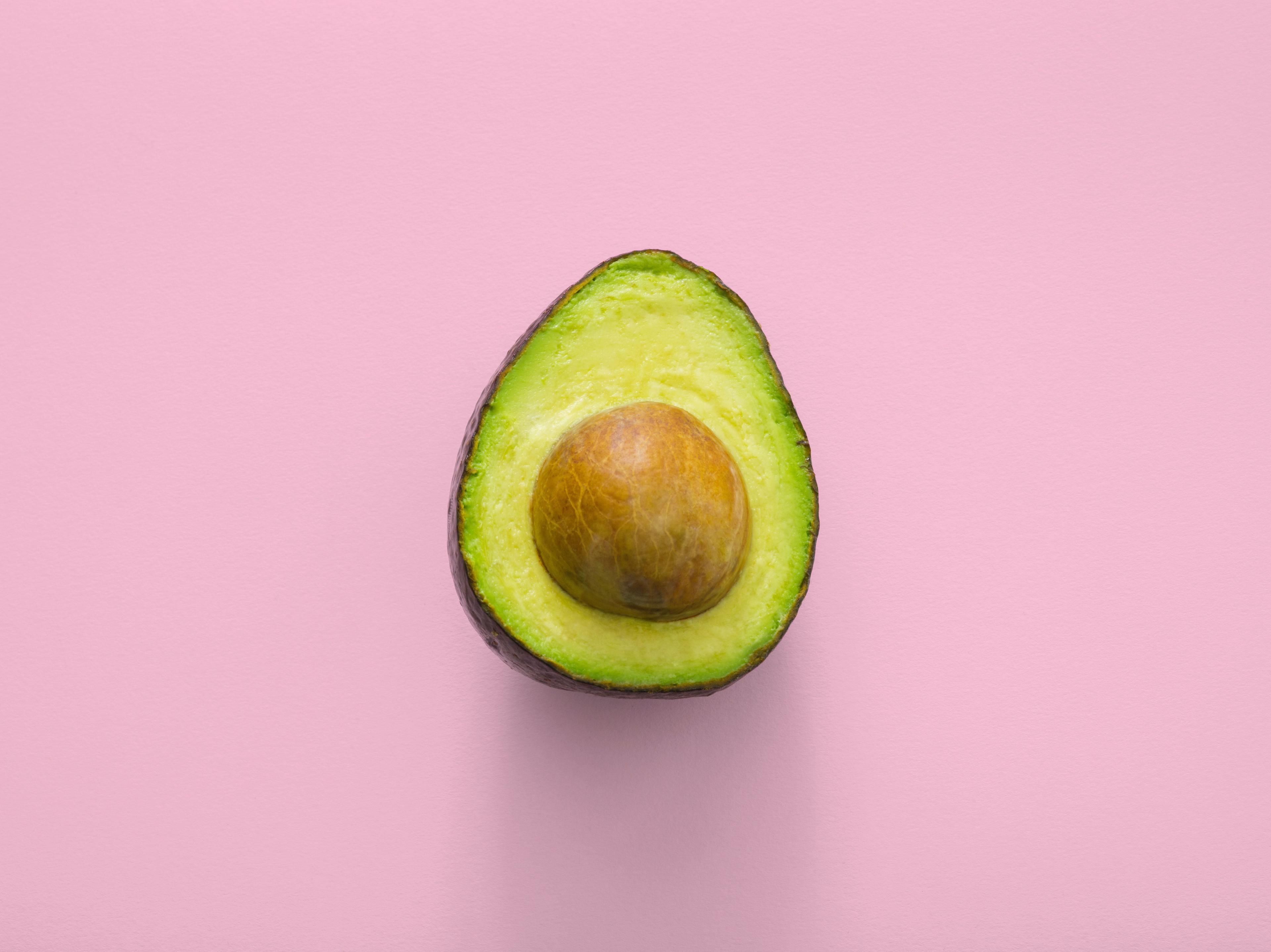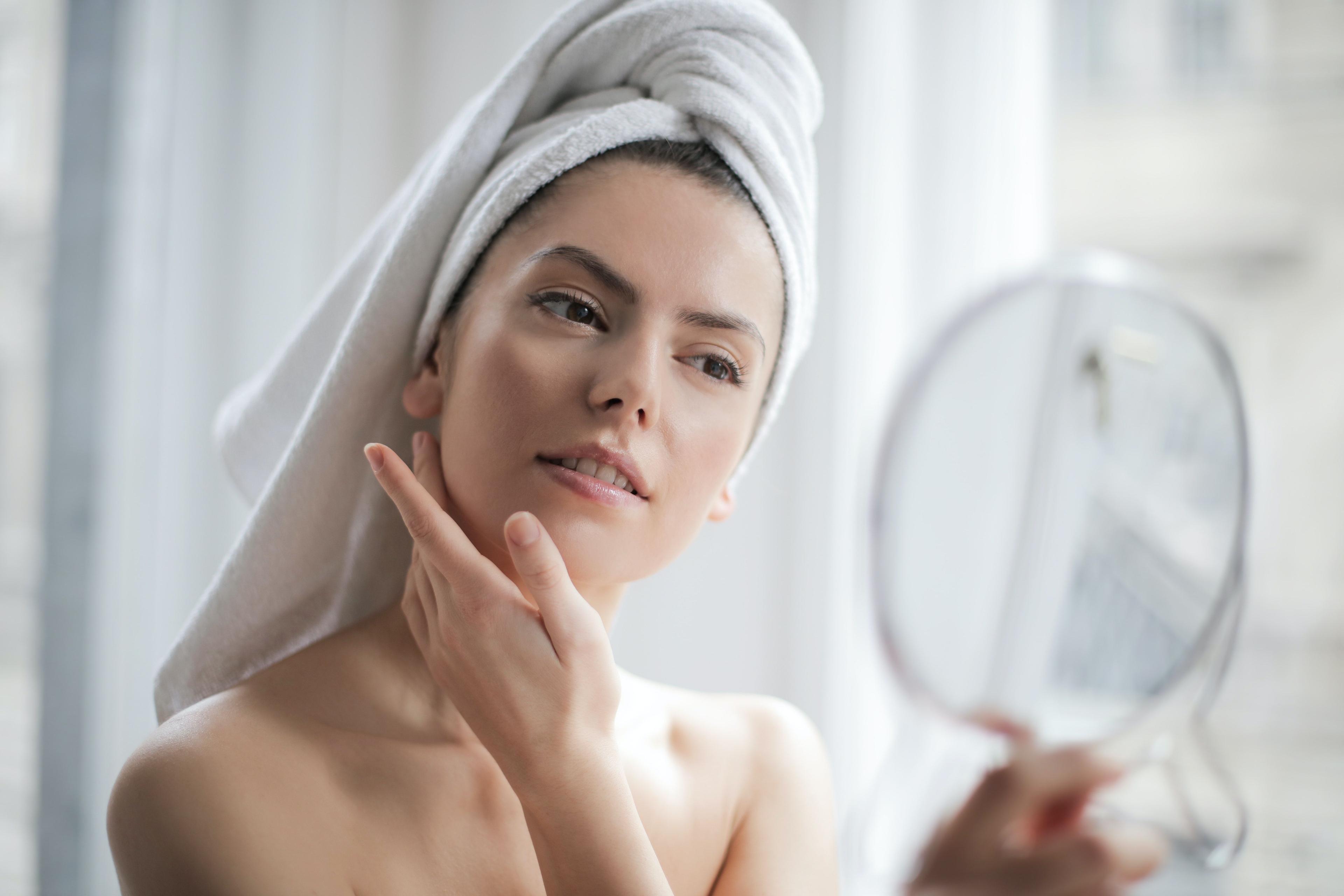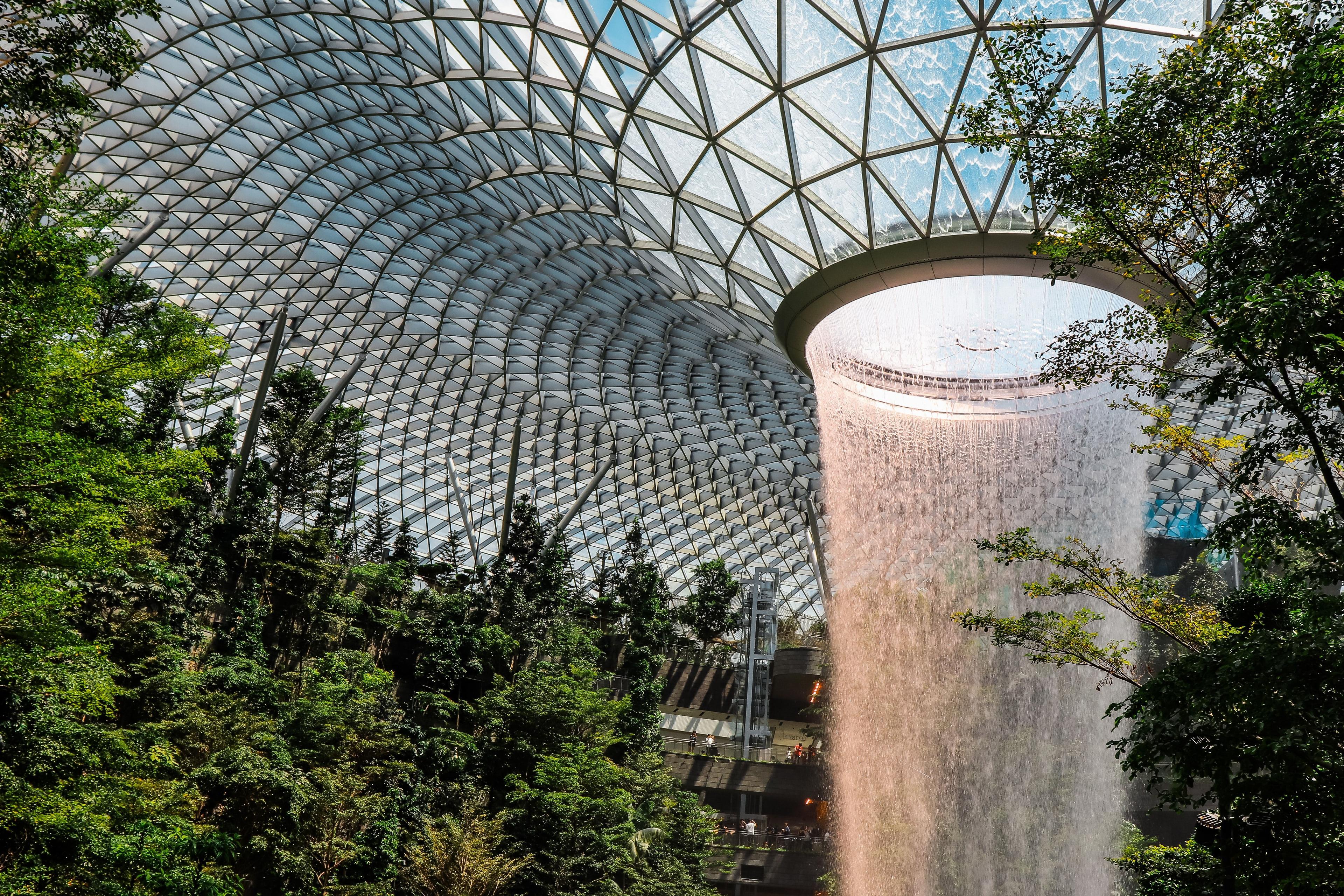Unraveling the Chemistry of Hair Oxidizers
The dyeing and lightening of hair is a common practice across cultures and has been for thousands of years. Modern hair color treatments, however, rely on a complex interplay of chemical reactions, facilitated by the use of hair oxidizers or developers. But what exactly are these substances, and how do they work?
Hair oxidizers are essentially hydrogen peroxide solutions. They serve as catalysts for the oxidation reactions that occur during the hair coloring process. The key role of hair oxidizers is to open up the cuticle, the outermost layer of the hair shaft, to allow the hair dye to penetrate into the cortex, where the color change occurs.
Once the dye has penetrated the hair shaft, the oxidizer facilitates the oxidation of the dye, which allows it to develop its color. This is why the color you see when you initially apply hair dye is often different from the final result once the dye has fully developed.

Understanding these chemical reactions is not only fascinating but also practically important for hair professionals and anyone who colors their hair at home. With the right knowledge, it's possible to achieve more predictable results and minimize potential damage to the hair.









